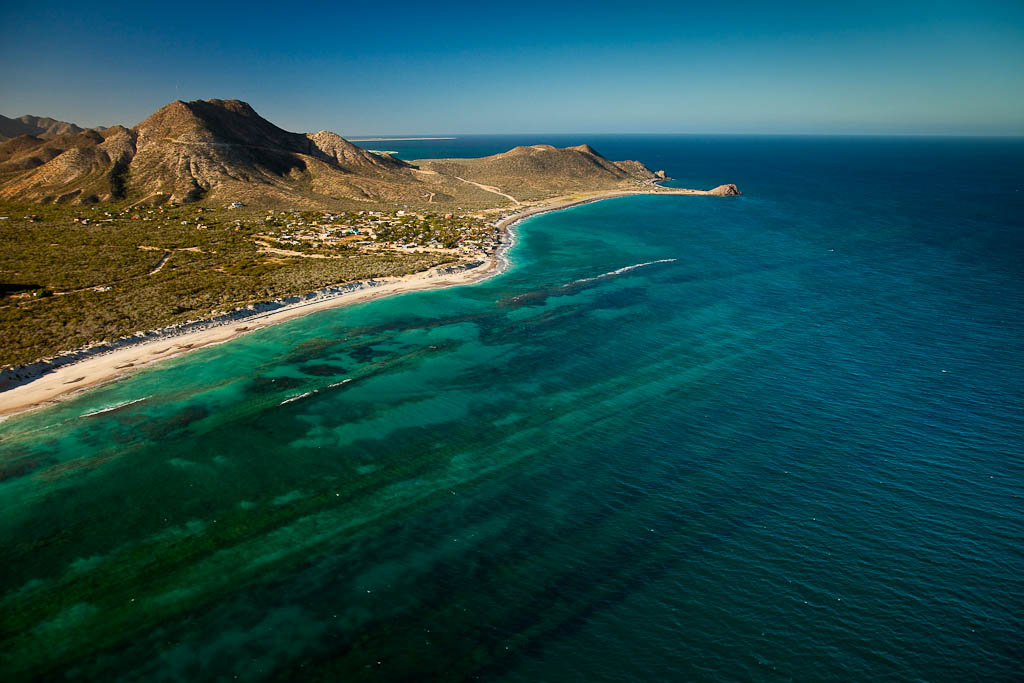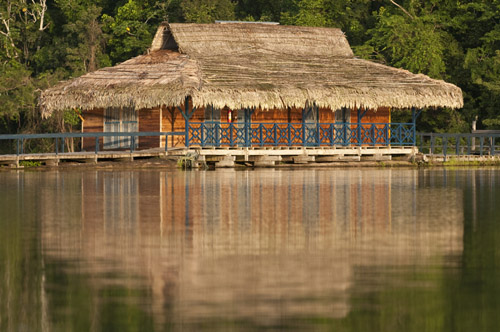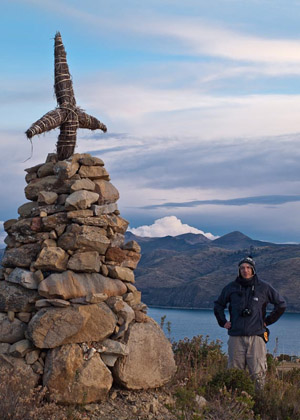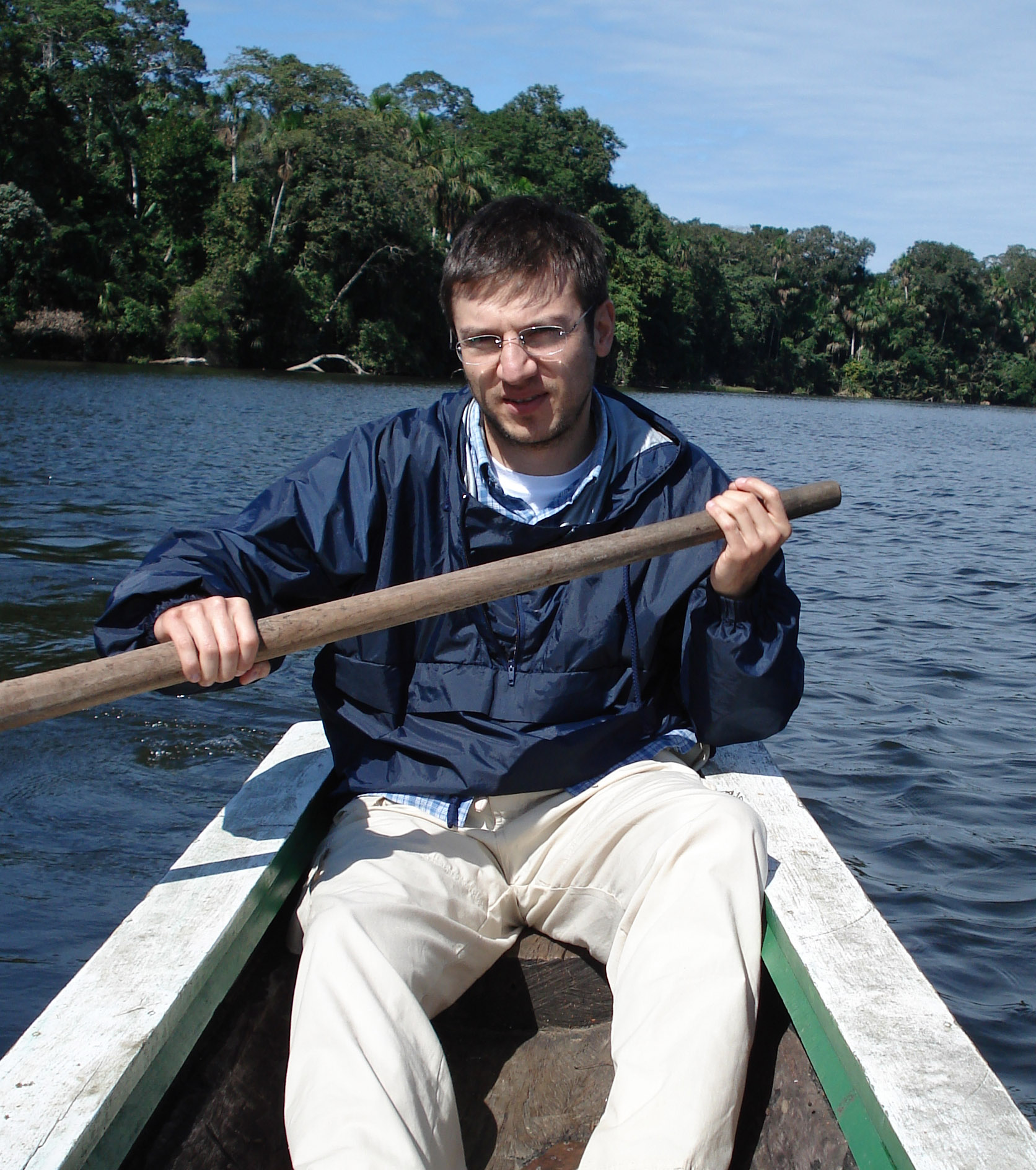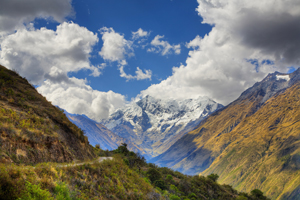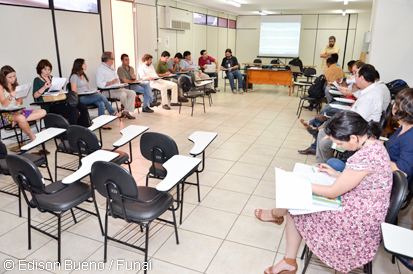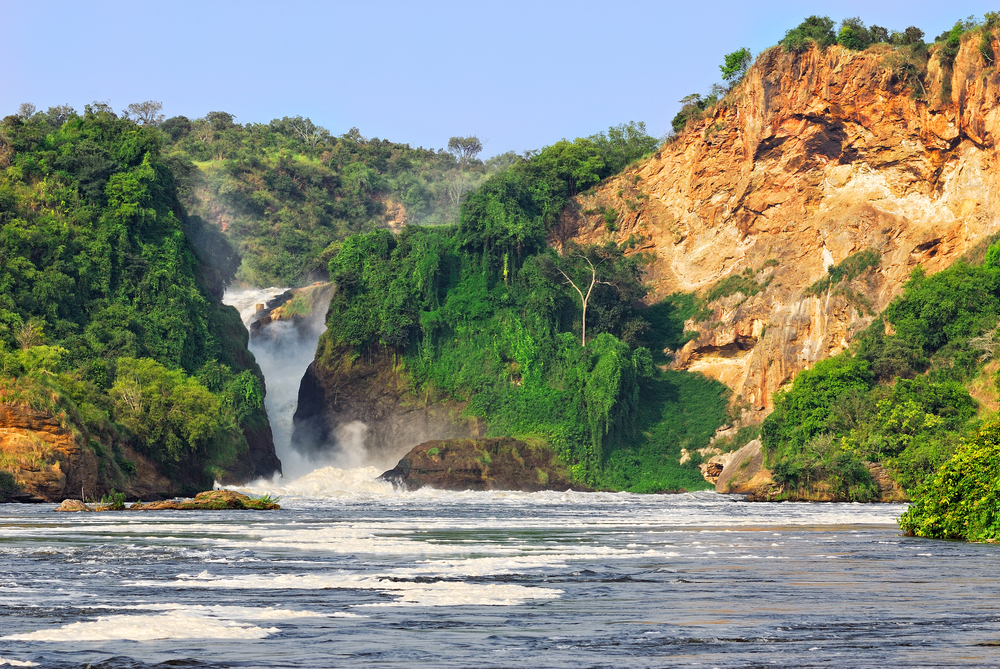News
This week Mexican President Felipe Calderón withdrew the permit for a 9,400 acre development of a mega resort adjacent Cabo Pulmo National Marine reserve on the southern tip of Baja California. Its proximity to a 20,000-year-old reef and hundreds of species turned this project into a global concern. 2011 CSF Economic Tools for Conservation Graduate Paulina Godoy Aguilar of Amigos para la Conservación de Cabo Pulmo AC, had a big hand in this victory. Because of her efforts and those of many other conservationists and activists alike, hundreds of species and thousands of coastal acres have been saved.
Read the full story here: http://www.oceanfdn.org/blog/?p=611
Khan Academy is an extraordinary phenomenon in education. In just a few years, the organization has posted thousands of short videos with instruction on an ever-widening array of topics. Including economics. We like their economics videos so much they are now all available on CSF's website as well as the Khan site.
CSF course graduates frequently ask us to refresh their memory on a particular topic - "What exactly is consumer surplus?" - and Mr. Khan now is available to explain. The videos average around 10 minutes and use very helpful graphics to explain the concepts.
In April, CSF held the third workshop of the CSF Project for Tourism in Indigenous Peoples' Lands Paiter-Surui and Parintintin. We discussed the final details of tours and infrastructure, the market study data, and the financial viability of the businesses. The project aims at developing a business plan for tourism for each indigenous area. The process of preparing the plan is done in a participatory manner, with decisions made collectively. In addition to discussing the business aspects, the CSF workshops also provide an opportunity to empower indigenous people. As each stage of the project is completed, participants enjoy a greater level of community involvement.
Born in La Paz, Bolivia, Alfonso Malky Harb first came to CSF as a student in 2006, where he participated in the Madidi National Park course on economic tools for conservation. Two years later, Alfonso joined CSF as an Economic Analyst in the Bolivian office. With a Master's degree in Agricultural Economics from Catholic University of Chile, an undergraduate degree in Economics from the Bolivian Catholic University, and a diploma in Environmental and Social Research Methods from PIEB (Programa de Investigación Estratégica en Bolivia), he was a natural fit for CSF.
Born in La Paz, Bolivia, Alfonso Malky Harb first came to CSF as a student in 2006, where he participated in the Madidi National Park course on economic tools for conservation. Two years later, Alfonso joined CSF as an Economic Analyst in the Bolivian office. With a Master's degree in Agricultural Economics from Catholic University of Chile, an undergraduate degree in Economics from the Bolivian Catholic University, and a diploma in Environmental and Social Research Methods from PIEB (Programa de Investigación Estratégica en Bolivia), he was a natural fit for CSF.
Born in La Paz, Bolivia, Alfonso Malky Harb first came to CSF as a student in 2006, where he participated in the Madidi National Park course on economic tools for conservation. Two years later, Alfonso joined CSF as an Economic Analyst in the Bolivian office. With a Master's degree in Agricultural Economics from Catholic University of Chile, an undergraduate degree in Economics from the Bolivian Catholic University, and a diploma in Environmental and Social Research Methods from PIEB (Programa de Investigación Estratégica en Bolivia), he was a natural fit for CSF.
Born in La Paz, Bolivia, Alfonso Malky Harb first came to CSF as a student in 2006, where he participated in the Madidi National Park course on economic tools for conservation. Two years later, Alfonso joined CSF as an Economic Analyst in the Bolivian office. With a Master's degree in Agricultural Economics from Catholic University of Chile, an undergraduate degree in Economics from the Bolivian Catholic University, and a diploma in Environmental and Social Research Methods from PIEB (Programa de Investigación Estratégica en Bolivia), he was a natural fit for CSF.
The Peruvian Ministry of the Environment (known by its Spanish acronym, MINAM) is working on a potentially groundbreaking policy to balance environmental protection and the development of big infrastructure projects. Specifically, the agency is formulating an approach to compensating for the impacts construction projects cause to natural ecosystems. Some degree of ecosystem impact is inevitable when new roads and dams are constructed; these damages have typically been overlooked in most countries. The Peruvian government is consulting with a range of stakeholders and experts, including CSF, to devise a policy that will give developers more clarity on their obligations, while creating real benefits for nature protection in the country.
A Fundação Nacional do Índio (Funai) realizou a oficina técnica para alinhar ações da Instituição e dos diversos parceiros ao Projeto de Conservação da Biodiversidade em Terras Públicas na Amazônia com ação da Funai. O Projeto implementado em 2011, tem como objetivo contribuir para a conservação da biodiversidade e a gestão de terras públicas no sudeste da Amazônia brasileira, em especial Terras Indígenas e Áreas Protegidas do Sistema Nacional de Unidade de Conservação (SNUC), bem como, fortalecer iniciativas que promovam o uso econômico sustentável... Blog da Funai
The Albertine Rift is the 920-mile long western area of the East African Rift, covering parts of Uganda, the Democratic Republic of the Congo, Rwanda, Burundi and Tanzania. It runs from the northern end of Lake Albert to the southern end of Lake Tanganyika. Formed over millions of years, the Albertine Rift is the result of two tectonic plates that once collided and are now slowly moving apart. This geologic activity has created some of Africa's tallest mountains and many of the world's deepest lakes. In addition, the unique variation in elevations has contributed to the diversity of habitats that include wetlands, alpine grasslands, lowland and montane forests, and woodland savannas. Within these habitats, one finds everything from active glaciers to volcanoes.

